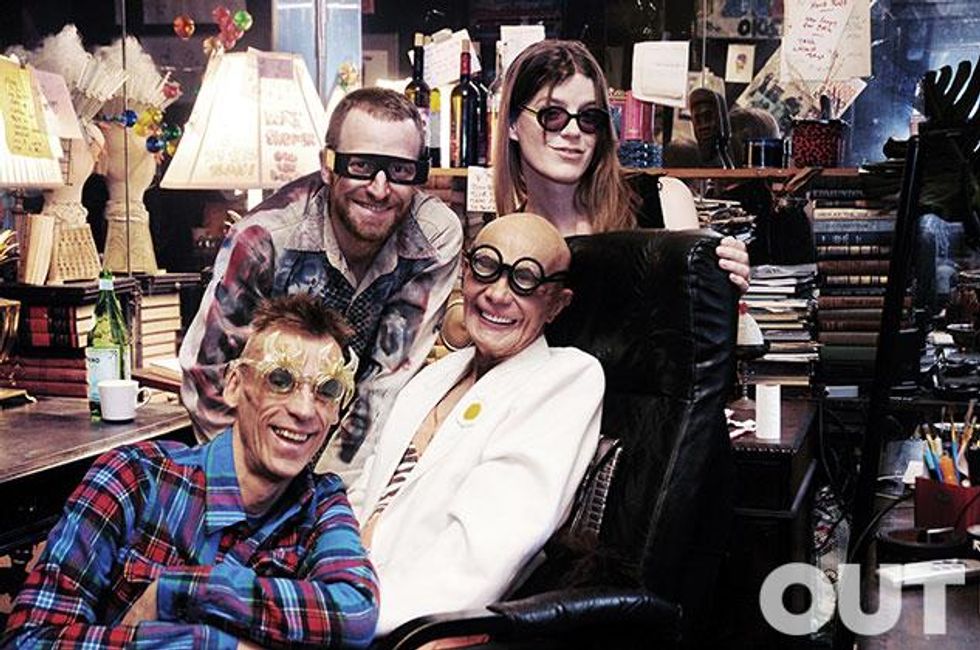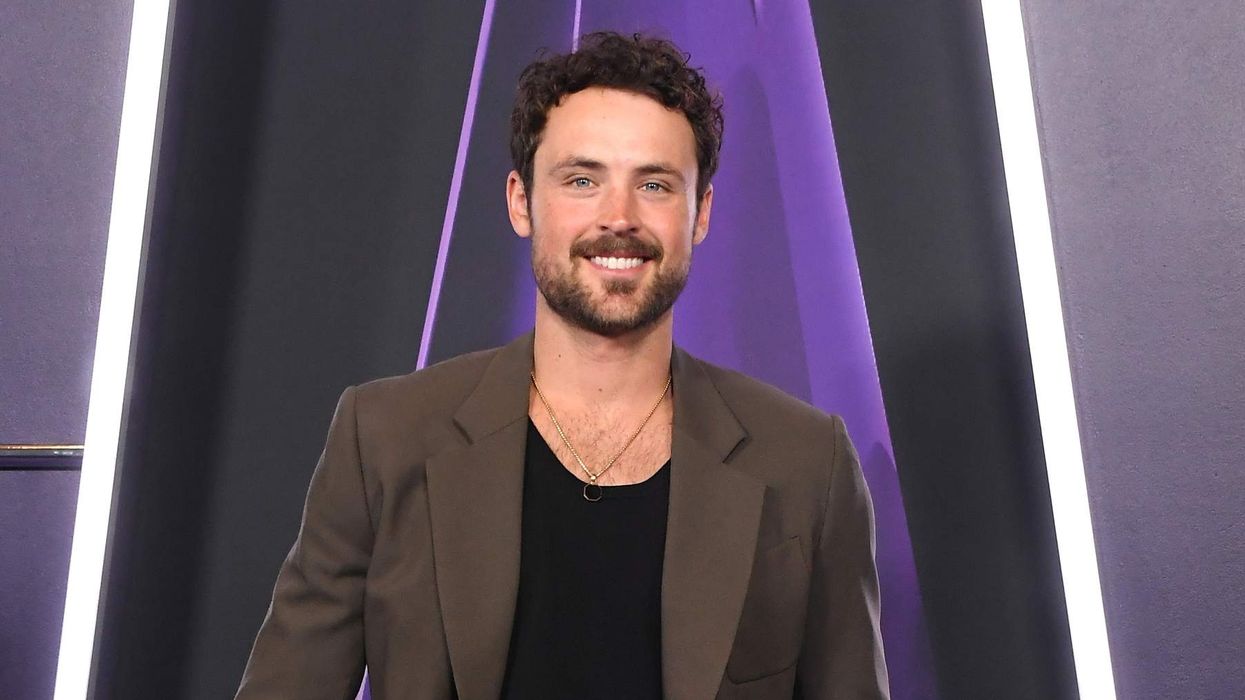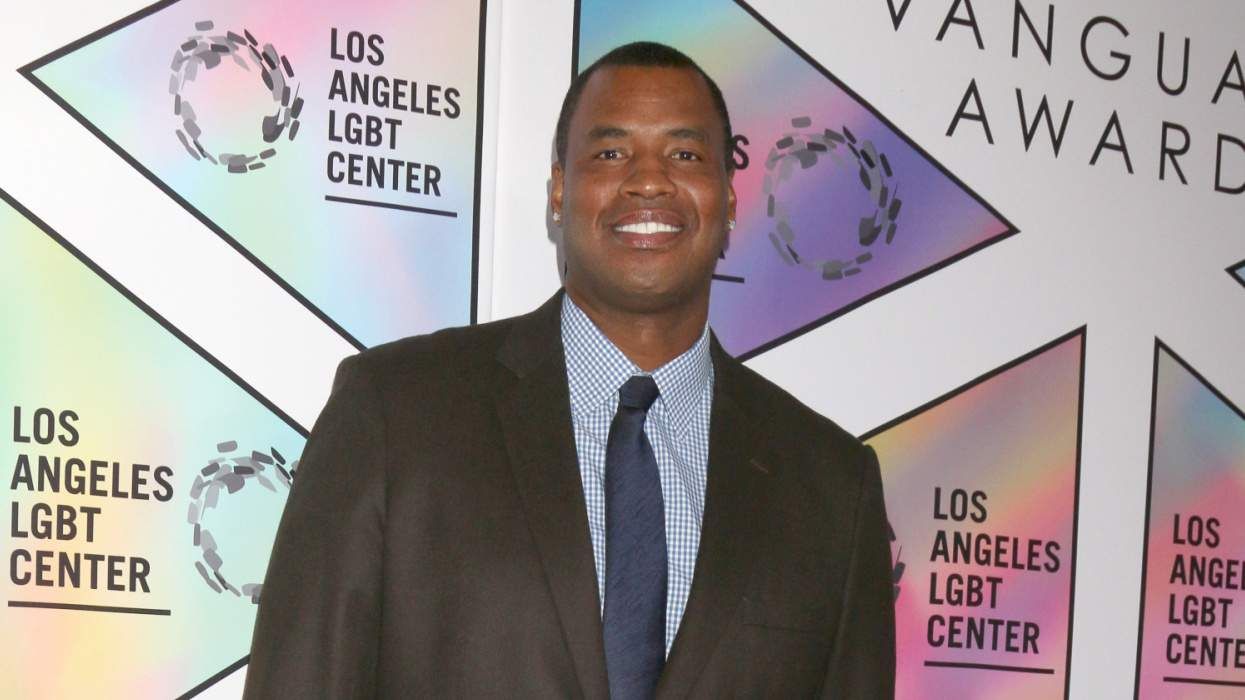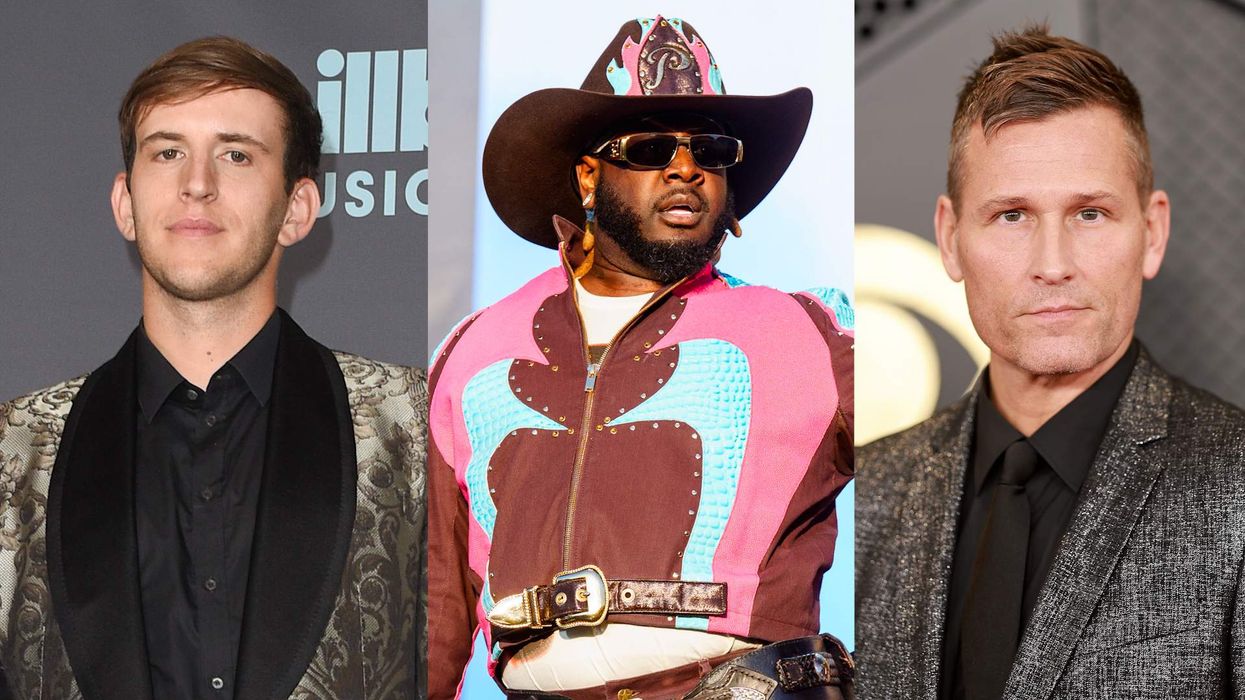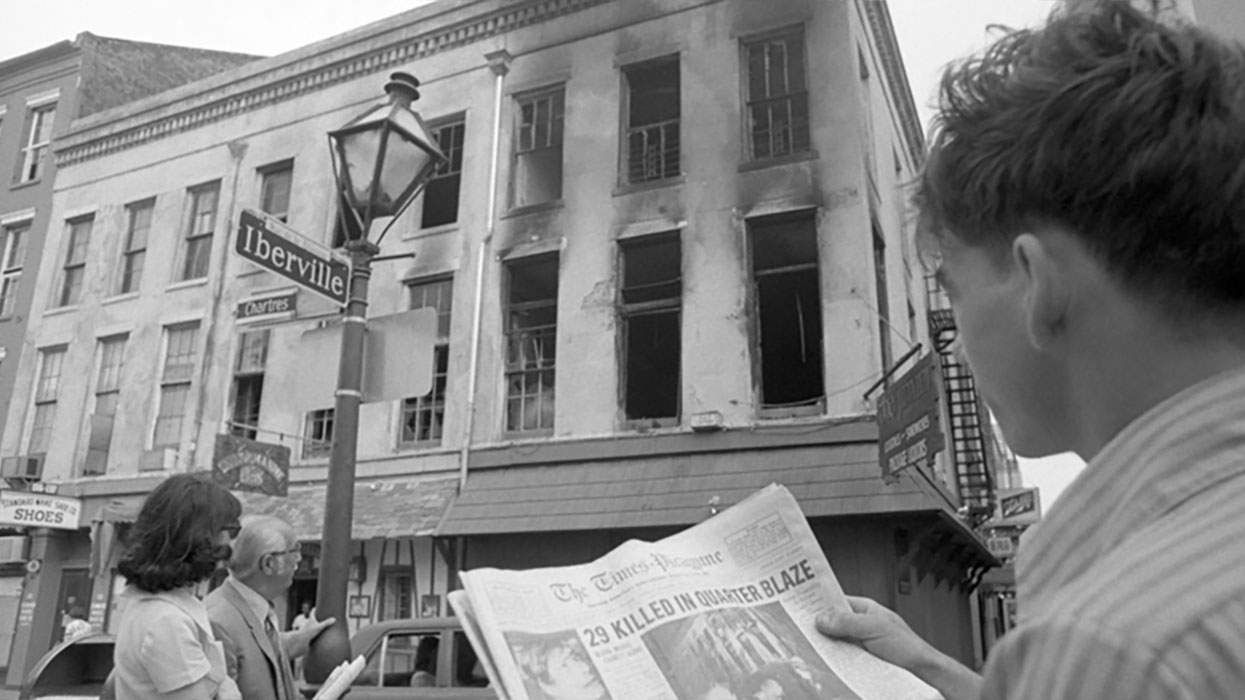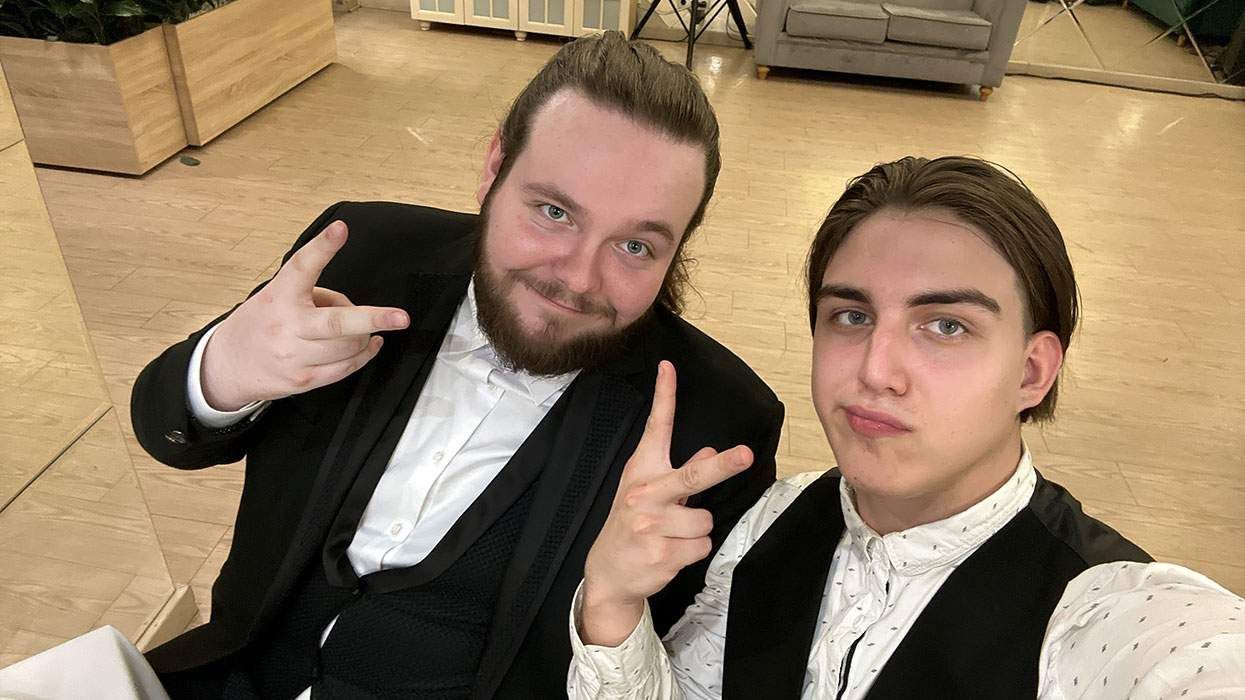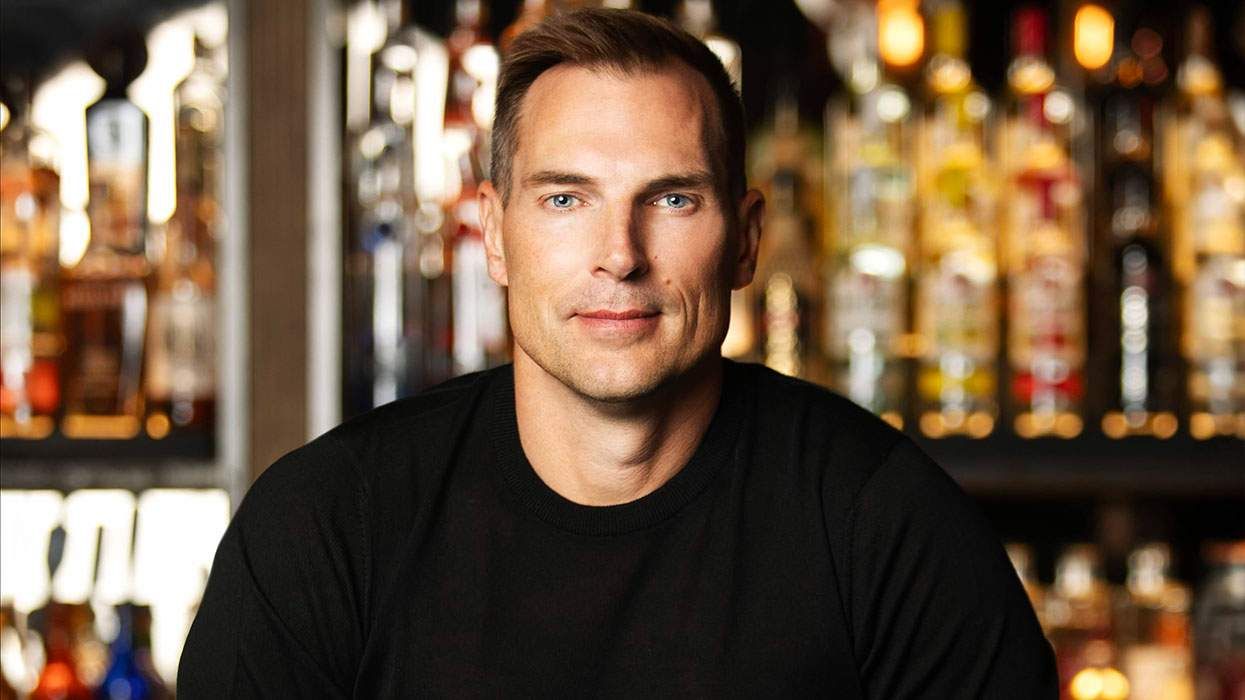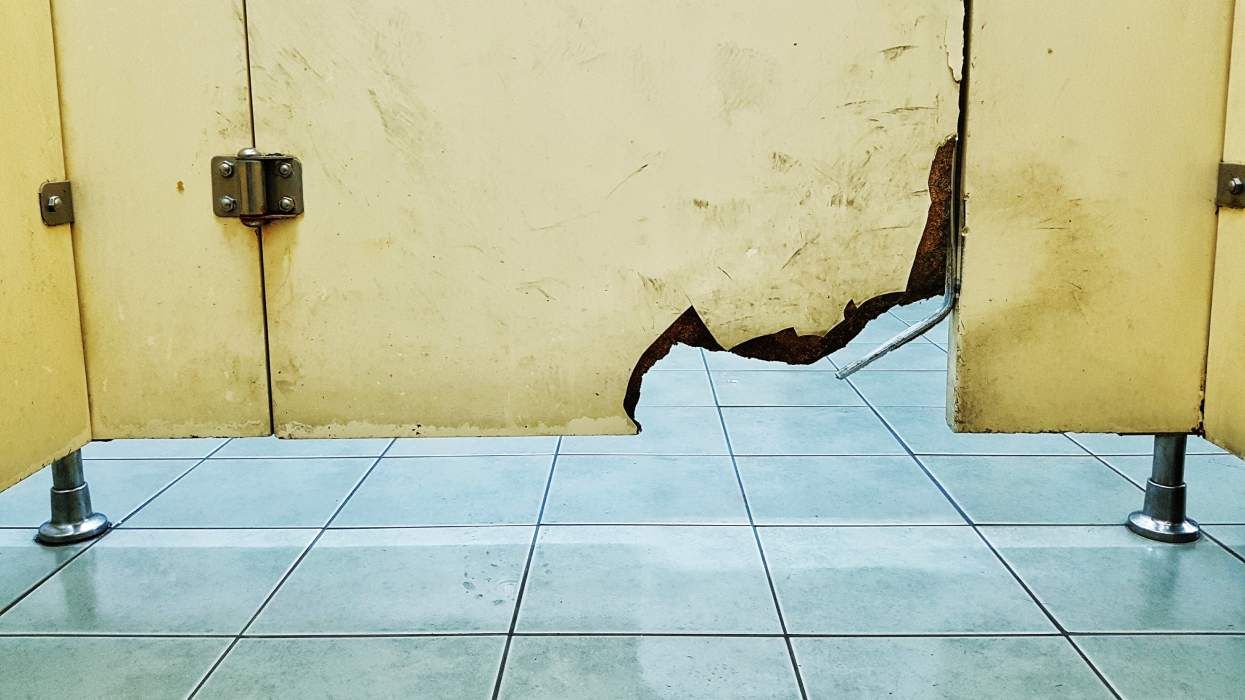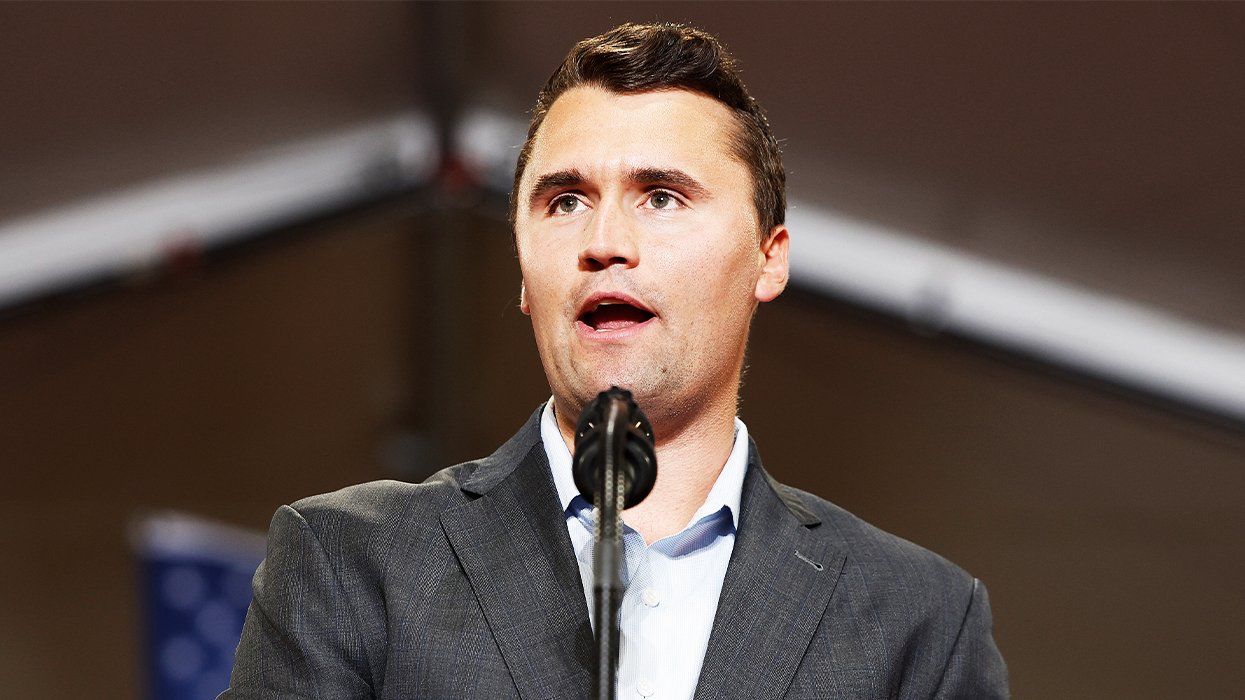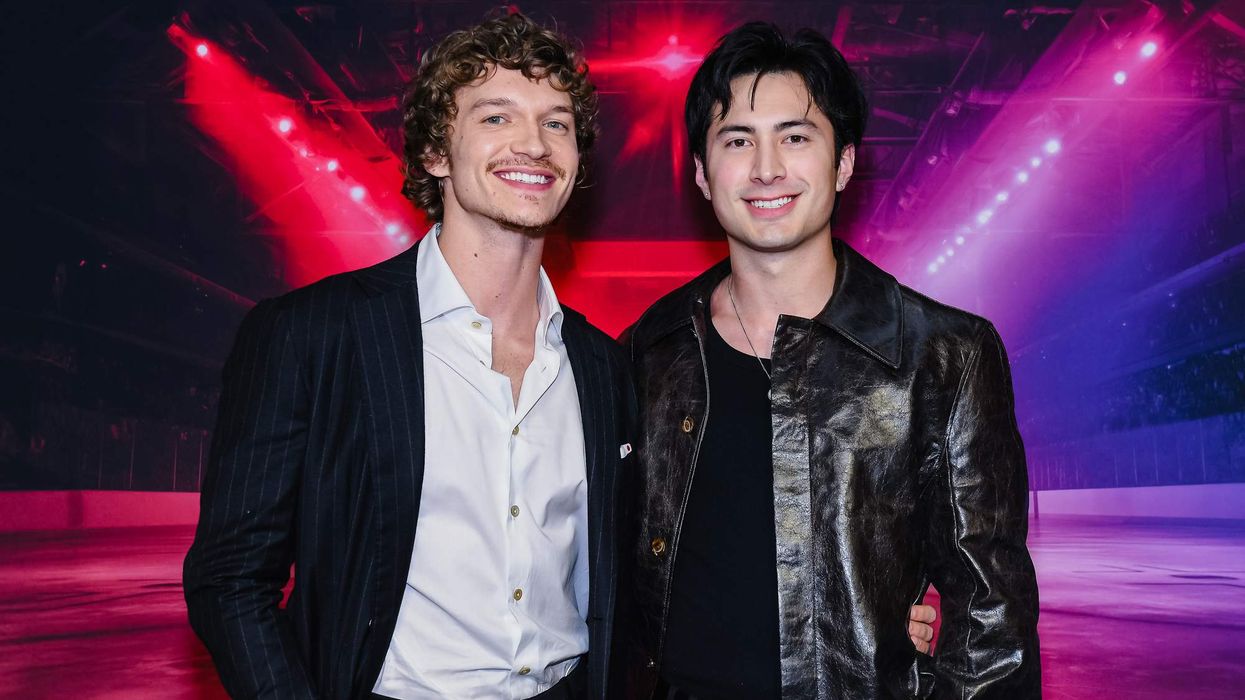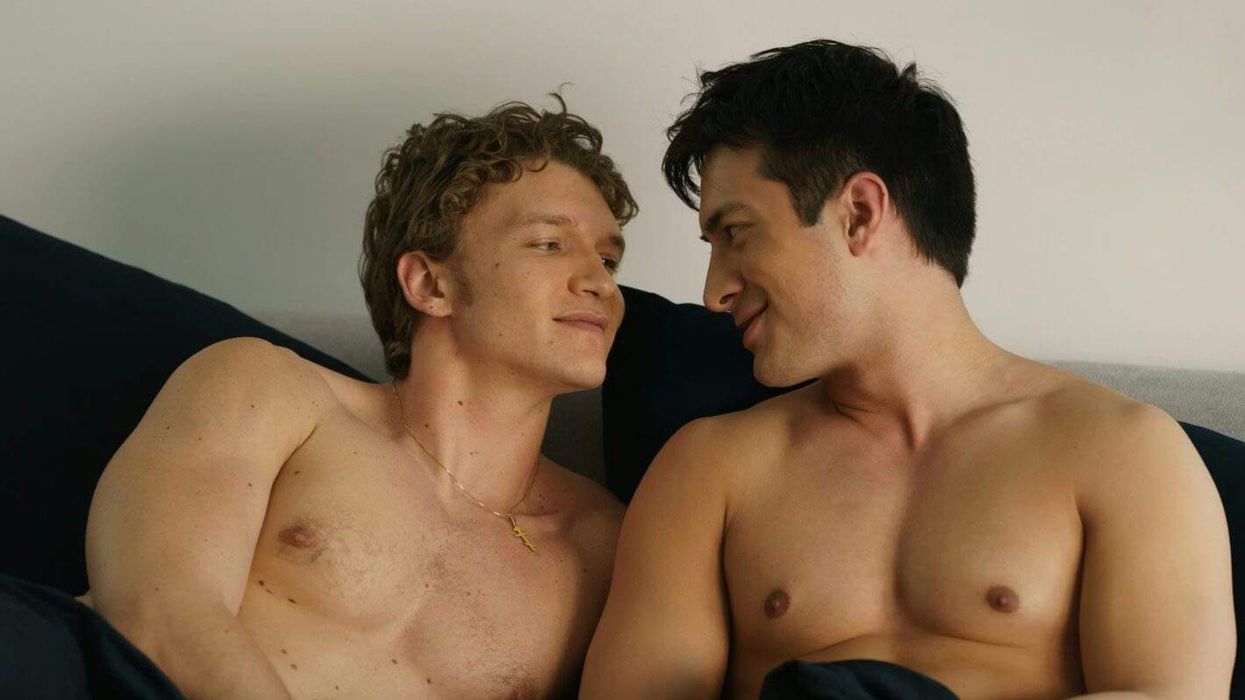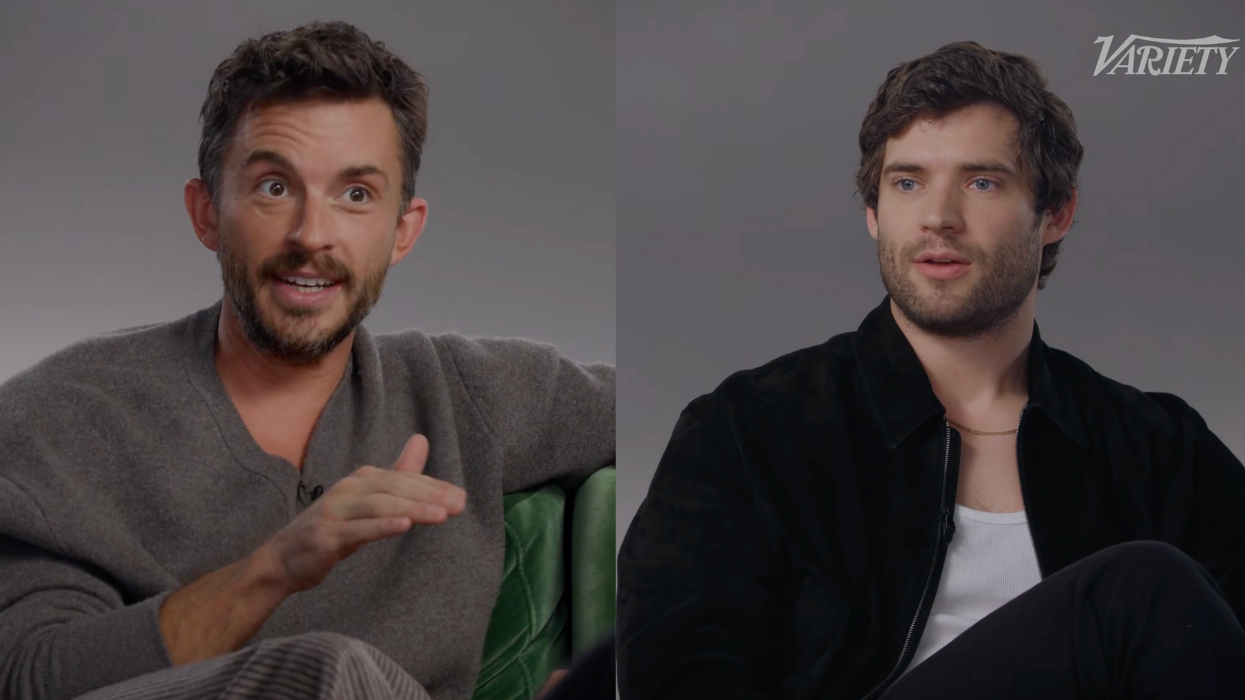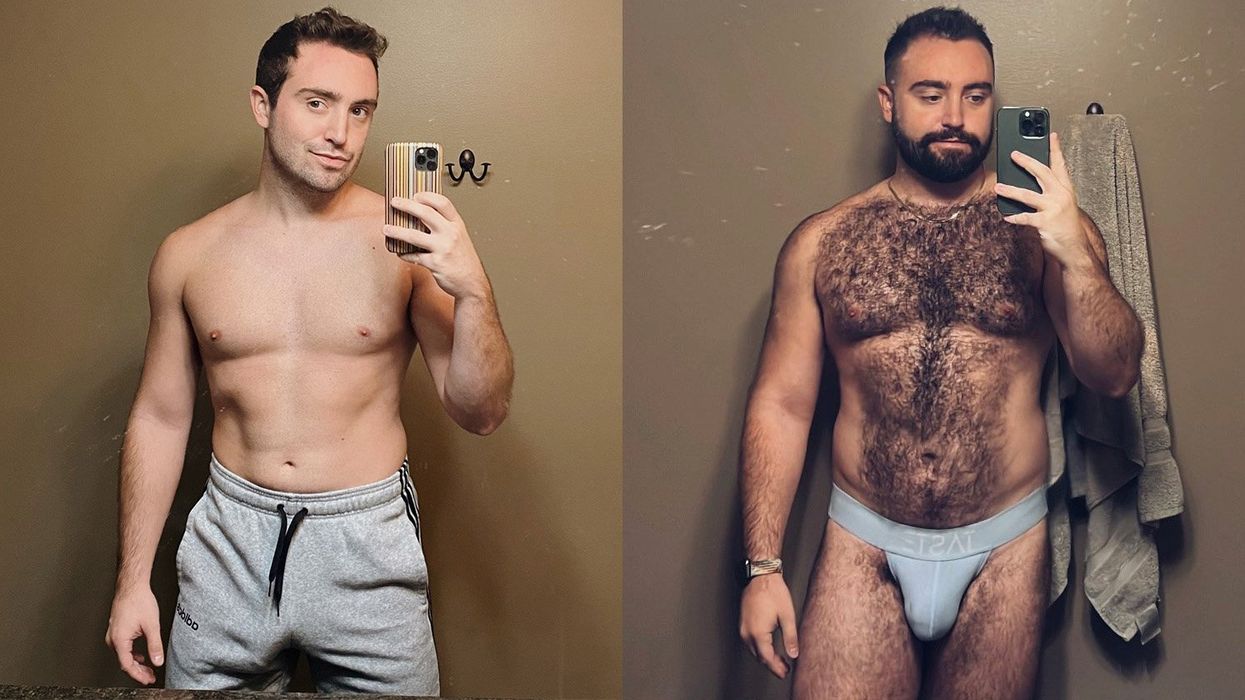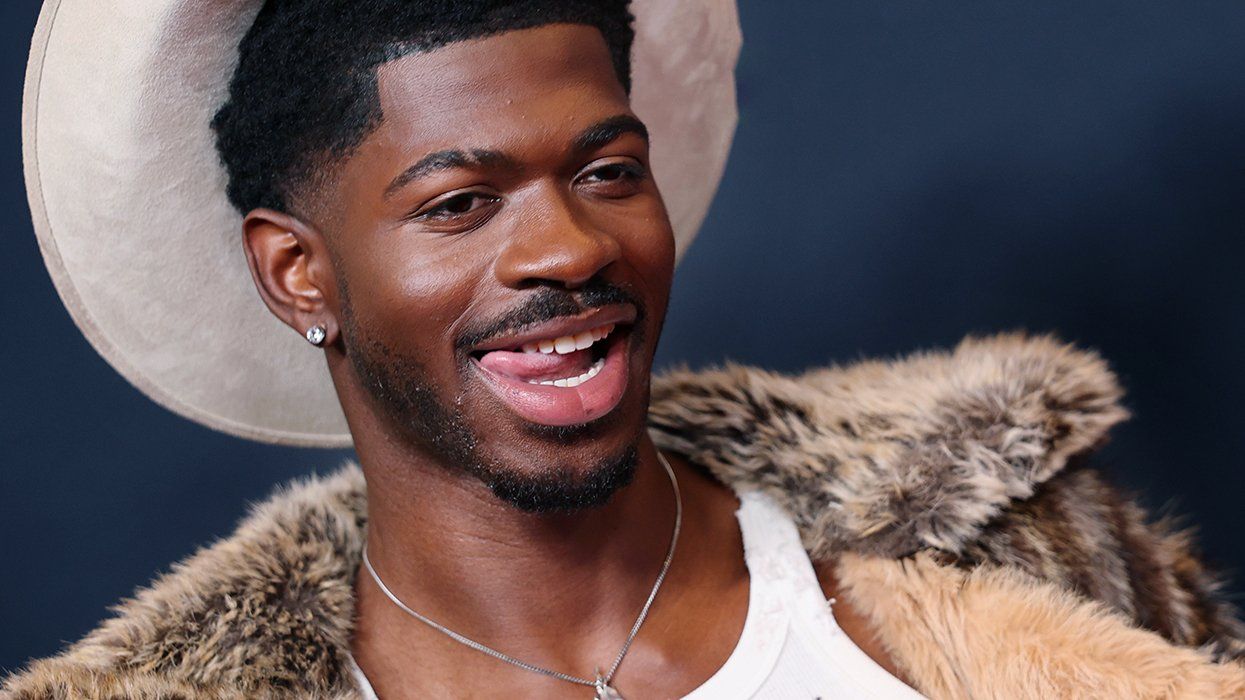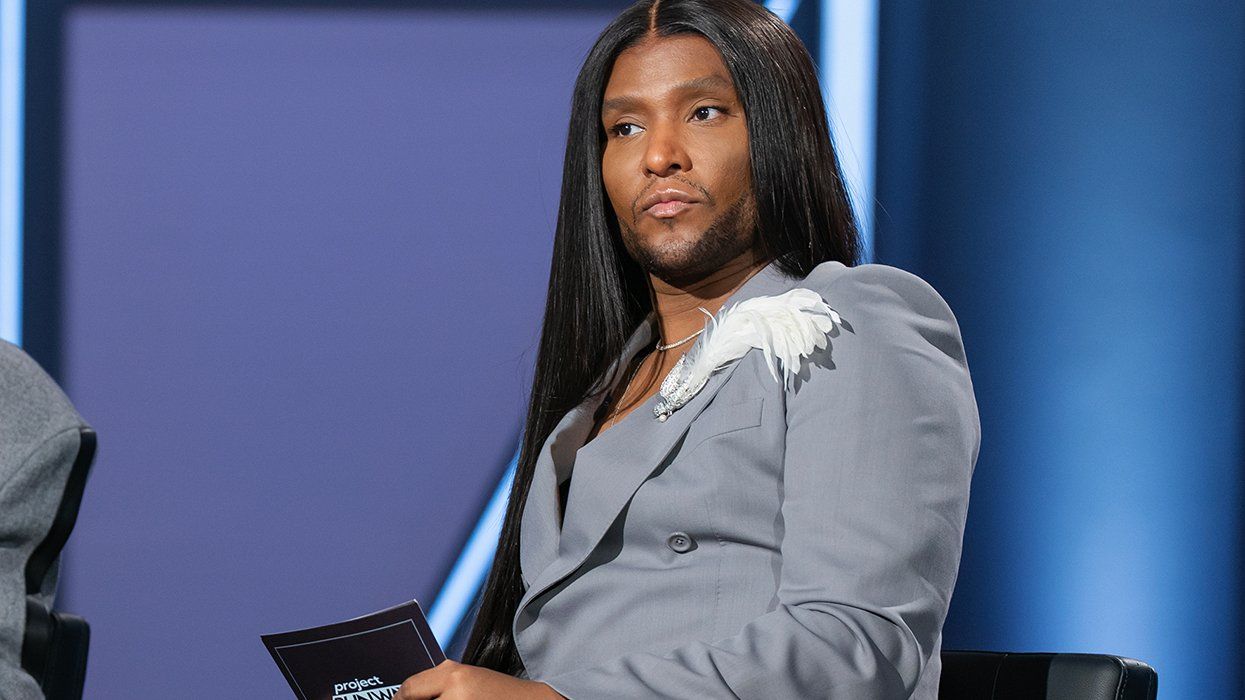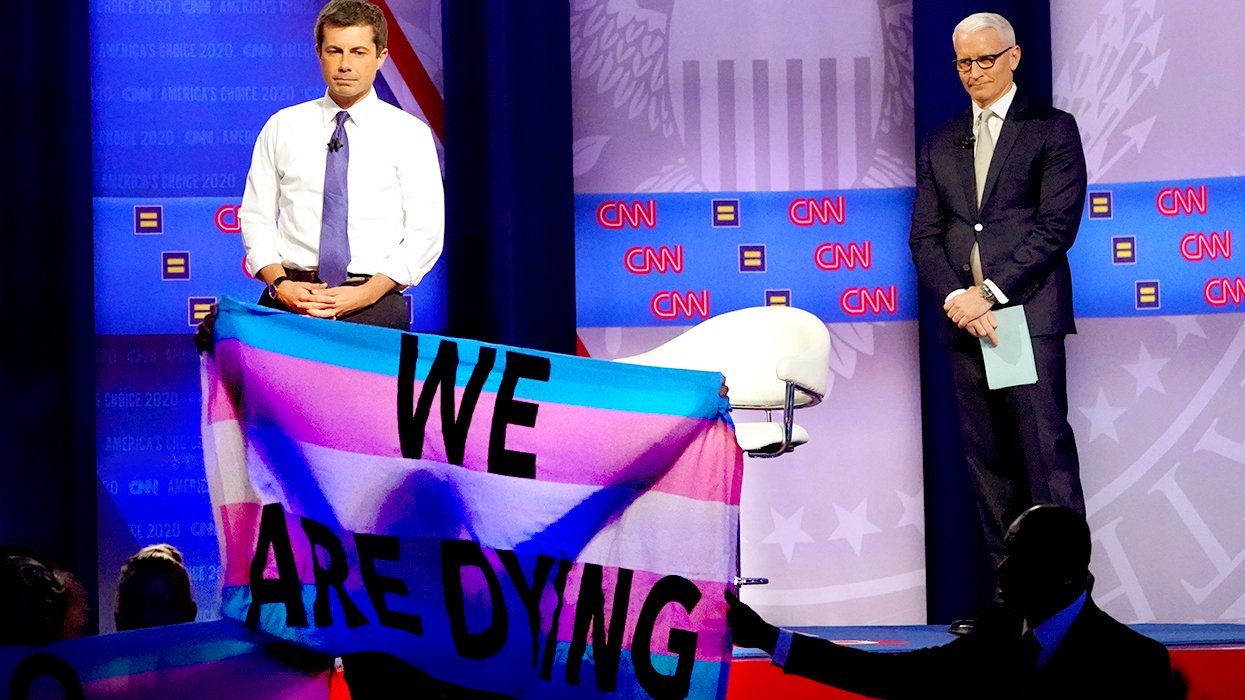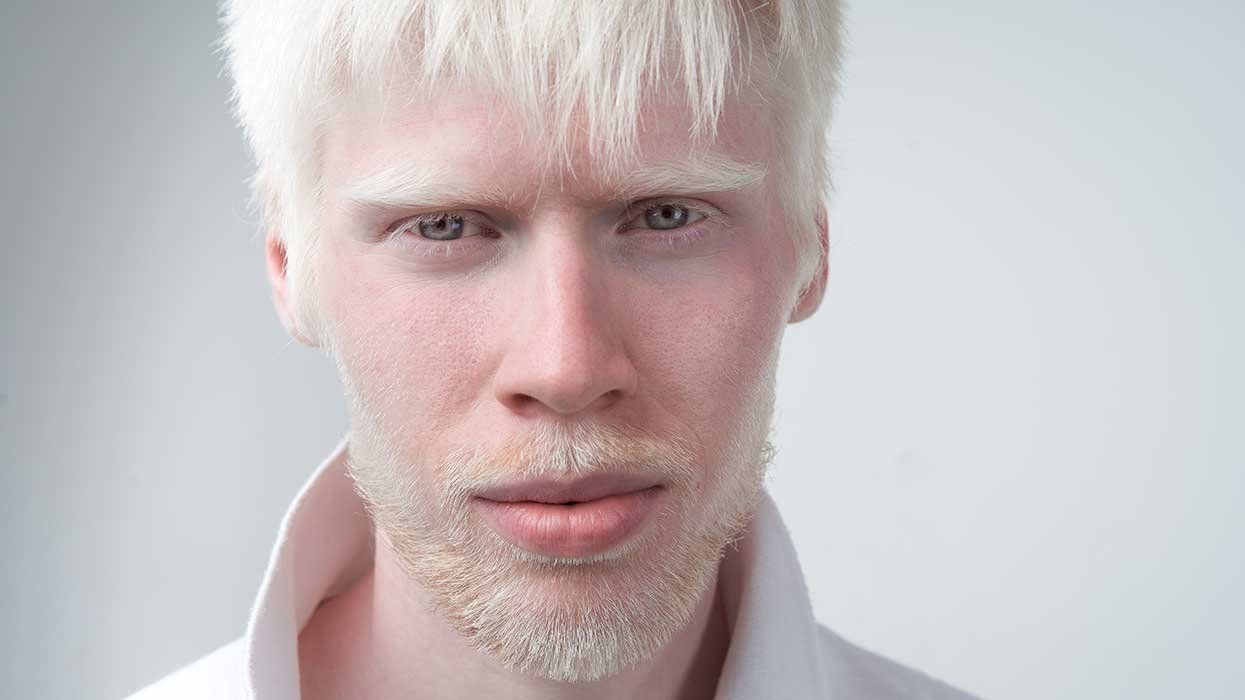On a recent gray autumn afternoon, a hop from Central Park on Manhattan's Upper East Side, Jack Doroshow -- otherwise known as Flawless Sabrina, Mother Flawless, or simply the Queen -- is perched behind his stately wooden desk to receive a pair of young visitors to his home.
A scrum of repairmen are hammering away at the ceiling in the bedroom of this bohemian wonderland where he's lived since the 1960s. The walls are drenched in ephemera drawn from the ages, the lampshades are tacked with phone numbers and appointments, a Basquiat leans against the fireplace, and there's a wig tucked into every corner.
"Do you want a colored cigarette?" Doroshow asks, opening a pack of Nat Shermans. "You get purple."
"We buy these when we're feeling really fabulous," says Diana Tourjee, a 25-year-old writer sitting to Doroshow's left.
This year Tourjee, along with her friend Zackary Drucker, the artist and Transparent associate producer, has embarked on preserving Doroshow's life's work and activism. The Flawless Sabrina Archive -- presently unfurling on the western wall in the form of boxes heaped with old gay magazines, photographs, notebooks, letters, and court documents -- is a nonprofit, set up by Tourjee and Drucker, that aims to be a historical resource for the LGBT community with a focus on young artists, performers, and students.
"The intergenerational element is key, and the archive is itself an example of how different generations of queer people connect to learn from each other," Tourjee says.
Doroshow is an unsung legend. Between 1959 and 1969, he ran a national drag pageant enterprise that crisscrossed the nation with 46 shows a year, culminating in an annual national competition in New York City. At these events, many iconic performers, including Divine, donned drag for the very first time.
"We would take hotels, usually in the black section of town, and rent out the ballrooms," Doroshow says. "We would hang sheets as a canopy outside so people could get in and out of the building without being seen, even though they were in suits and ties when they came in."
SLIDESHOW | INSIDE FLAWLESS SABRINA'S HOME
During those years Doroshow was arrested over 100 times for the crime of cross-dressing, then a felony.
"I spent a lot of my life being angry. I was furious about getting those felonies. I was hauled off to jail, given fines. More often than not [in my travels], I was driven to the county line and told never to come back. They blamed me for bringing 'all those perverts' to town," he says.
Doroshow grew up in South Philly and, inspired by his Aunt Bessie, put on a dress for the first time in 1947, when he was 8 years old.
"I liked that she dressed gaudy, and I thought it was funny as hell," he says.
At 19, Doroshow took to the stage dressed as the mothering, saggy-breasted middle-aged woman now known as Flawless Sabrina. Andy Warhol attended a competition in Pittsburgh -- "I didn't know who he was," Doroshow says -- and later, when the idea arose to make a documentary, Warhol set Doroshow up with a benefactor. The film, The Queen, was released in 1968 and documents the 1967 nationals. Narrated by Doroshow and permeated by ambient, Robert Altman-like palaver, it recently was available on Netflix and offers up characters and behind-the-scenes drama as familiar today as anything seen on RuPaul's Drag Race. ("I run these competitions all over the country, from Boston to the Ozarks," Doroshow says in a voice-over in the film, "and drag queens are all the same.")
On June 18, 1968, nearly one year to the week before the Stonewall rebellion, The New York Times published a movie review of The Queen, which was playing at the Kips Bay Theater in Manhattan.
"The drag queens are, of course, perfectly aware that they are not women, and even their mannerisms -- the flatted vowels, the relaxed wrist, the gait of the homosexual who wants it known -- are not female imitations at all, but parodies. Very witty, detailed parodies at that," the reviewer writes. "They may be absolutely miserable (like others) in their private lives, but in their costumed appearances they enrich the landscape enormously."
Around that time, a boyfriend pushed Doroshow, now 75, to challenge the law and have his felonies expunged. It was the start of a long life of activism that has, today, turned him into a huge fan of Hillary Clinton (they connected on transgender rights, and he even went to Chelsea Clinton's wedding).
"I saw things for the first time with a little bit more perspective than just the end of my nose. I saw that I do live in the world. And if you want to shoot a movie on Thursday and it's raining, then you're shooting on a rainy day. Better bring an umbrella," he says.
These days, young gay people occupy most of Doroshow's time. The AIDS epidemic robbed an entire generation of grandparents, and there simply aren't enough gay old farts to go around.
"It's easy to know the facts as a young person who wasn't there, but it becomes abstracted. Kids these days just don't know what it's like to lose all their friends," Tourjee says.
"The most amazing people just evaporated," Doroshow says, tearing up.
Although garnering some media attention in recent years with heart-tugging stories about finally tying the knot, queer elders remain marginalized in both mainstream and LGBT cultures (Doroshow and his partner, the artist Curtis Carman, have been together for three decades).
He recalls the first rally he attended for domestic partnerships at a time when no one used the term "marriage" for gay couples. "I got dressed up in drag and went down there and waited in line, and they just hated me. The people were conservative as hell!" Doroshow says.
"The mainstream parts of the queer movement are always going to be in line with the status quo," Tourjee says.
Another young friend, a 41-year-old artist named Darren Wallace, stops by to show some recent paintings to Doroshow. He recalls being repulsed by the Queen when they first met.
"I was like, Oh my God, I'm at Gollum's house," he says. "Three hours later, when I left, I called my friend up and I was like, 'If I don't end up exactly like that man, you better put me down.' It was such a slap in the face. Book by the cover, you know?"
Wallace then got Doroshow his first computer and set him up on Facebook, as well as Manhunt. "I find the people there difficult to talk to," Doroshow says.
"We learn a lot from each other," Tourjee says. "The worlds we are from are very different, but we're in the world together now."
"You're working through the same problems, but you're working through them from a less angry place," Doroshow says. "That's a miracle." He's touching Tourjee's arm, and he's framed by the dying afternoon light behind him, a vase of plastic flowers on the windowsill.



